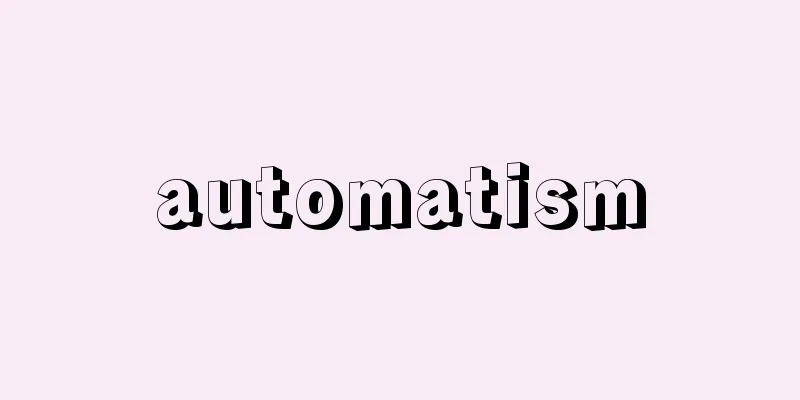Map of the country - Kuniezu

|
The Edo Shogunate ordered feudal lords to prepare and submit maps of each province. The first law to create these maps was issued in 1644 (Shoho 1), and two revision orders were issued in 1696 (Genroku 9) and 1835 (Tenpo 6) to correct changes in villages and rice yields, resulting in a total of three maps being created throughout the Edo period. They are called the Shoho, Genroku, and Tenpo Kuni Ezu, named after the era in which they were created. Each took several years to complete, with over 80 maps of the country. They were drawn in detail and in vivid colors by official artists of the Kano school, on high-quality paper at a scale of 1:21,600, making them the most magnificent, luxurious, and beautiful old maps of Japan. Other features of the Kuni-ezu are that their content is accurate and highly reliable, and that they serve as financial maps, clearly indicating village names and rice yields. These village names and rice yields match those in the Gocho, sister volumes compiled at roughly the same time for each province. Although the maps depict mountains, rivers, roads, and mileposts, they make no mention of district or village boundaries or land relations. The Kuni-ezu presented to the shogunate were used as reference material for the creation of maps of Japan after the Meiji Restoration and in the early Meiji period. The entire Tenpo Kuni-ezu and part of the Genroku Kuni-ezu are preserved in the National Archives of Japan, and their transcriptions, miniatures, and related maps created by various feudal domains for financial purposes are also held in libraries around the country. [Fukui Tamotsu] "On the National Maps Held in the Cabinet Library" by Tamotsu Fukui (included in "Research on the Bibliography of the Cabinet Library", 1980, Seishodo Shoten) Source: Shogakukan Encyclopedia Nipponica About Encyclopedia Nipponica Information | Legend |
|
江戸幕府が諸大名に命じて調進させた国ごとの地図。初め1644年(正保1)にこの地図作製の法令が出され、その後、村落や石高(こくだか)の異動を修正するため1696年(元禄9)と1835年(天保6)の2回改訂命令が出て、江戸時代を通じて合計3回つくられた。その年代を冠して、それぞれ正保(しょうほう)、元禄(げんろく)、天保(てんぽう)国絵図とよんでいる。いずれも数年間を費やして全国80余枚の地図が完成した。良質の料紙を用い、2万1600分の1の縮尺により、狩野(かのう)派の御用絵師が極彩色で細密に描いたので、わが国の古地図のうちでもっとも壮大、豪華、美麗な地図ができた。そのほか国絵図の特徴は、内容が正確で信頼性が高いことと、村名や石高を明示した財政地図の性質をもつ点にある。その村名や石高は、姉妹編としてほぼ同時に編集された国ごとの『郷帳(ごうちょう)』と一致する。なお、山、川、道路、一里塚は描かれているが、郡、村の境界や所領関係の記載はない。幕府に献上された国絵図は維新後、明治初期の日本地図作製の参考資料として利用された。「天保国絵図」全部と「元禄国絵図」の一部は国立公文書館に保存されており、その転写、縮写図や、諸藩が調進のためにつくった関連地図類は各地の図書館にも所蔵されている。 [福井 保] 『福井保著『内閣文庫所蔵の国絵図について』(『内閣文庫書誌の研究』所収・1980・青裳堂書店)』 出典 小学館 日本大百科全書(ニッポニカ)日本大百科全書(ニッポニカ)について 情報 | 凡例 |
<<: Gniezno (English spelling)
>>: Creation myth of the country
Recommend
Duke of Rivas
1791‐1865 Spanish poet and playwright. His real na...
Mitsutsuna Iga
1208-1221 A samurai of the Kamakura period. Born ...
Kangawa River
...The river originates from Mt. Danto (1,152m) i...
Trademark - shouhyo (English) trade mark
A mark is a sign used in connection with goods or...
Manchester (English spelling)
Manchester is the central city of the Greater Manc...
Woven felt - Orifelto
…Hat felt is a three-dimensional felt for hats. W...
Question and Answer - Mondo
〘noun〙① Questioning and answering. Question and an...
Philippe, Gérard
Born: December 4, 1922 in Cannes [Died] November 2...
speed skating
In 1972, ice hockey separated from the Japan Skat...
Public sitting and association - Kuzasouren
...a form of punishment in which responsibility f...
Household ledger - Kachucho
…It is also called a 'bungencho', a samur...
CET - Computer Engineering Testing
《 central European time 》⇒Central European Standar...
Saito Setsudo - Saito Setsudo
Year of death: July 15, 1865 (September 4, 1865) Y...
Huoshan - Kakuzan
A mountain in the western part of Anhui Province,...
transit switching
… [Repeater] Repeaters are amplifiers inserted at...









